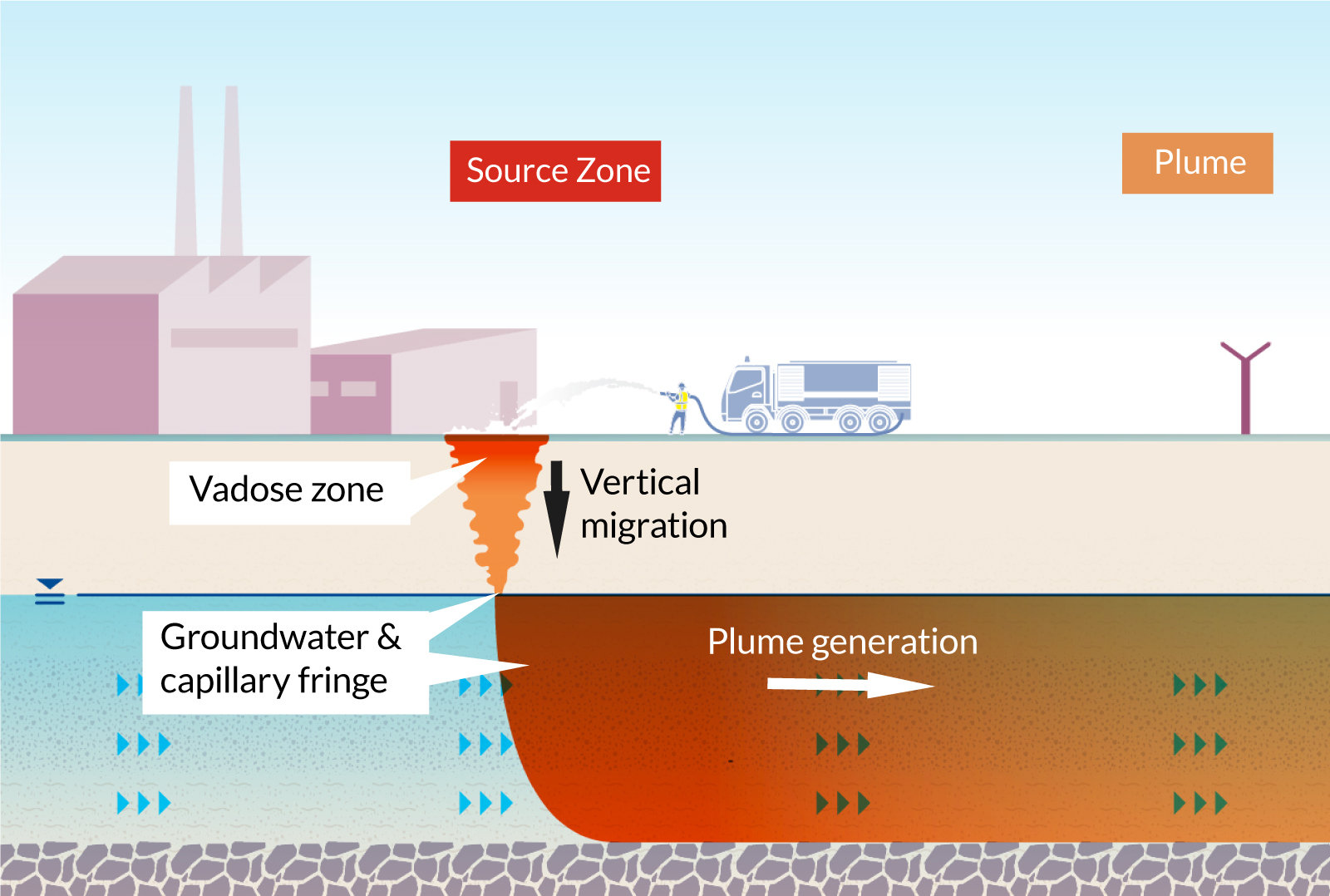Advanced Techniques for Efficient PFAS Contamination Elimination
The consistent difficulty of PFAS contamination demands the expedition of innovative removal methods that can efficiently deal with these dangerous compounds. Cutting-edge modern technologies, such as advanced oxidation processes and different adsorption techniques, have actually emerged as encouraging solutions in mitigating PFAS from impacted environments. The role of regulatory structures in forming these innovations can not be overlooked, as they determine the rate and instructions of removal efforts. As we analyze these advanced techniques, it comes to be important to assess their functional applications and the wider implications for environmental health and wellness and policy.
Recognizing PFAS Features
Although per- and polyfluoroalkyl materials (PFAS) have been widely used in various industrial and consumer items due to their special buildings, their determination in the atmosphere postures significant obstacles to public wellness and safety. PFAS are a team of synthetic chemicals characterized by a carbon-fluorine bond, one of the toughest chemical bonds understood, which adds to their outstanding stability and resistance to deterioration. This security allows PFAS to build up in the atmosphere and living microorganisms, causing potential negative wellness effects.
These very same residential properties contribute to their environmental persistence, as PFAS do not quickly break down via all-natural processes. Recognizing the chemical properties of PFAS is crucial for creating efficient approaches to take care of and alleviate their ecological influence.
Ingenious Removal Technologies
The persistence of PFAS in the environment has actually spurred the development of ingenious removal technologies aimed at effectively getting rid of these pollutants from impacted environments. Amongst one of the most appealing approaches are sophisticated oxidation procedures (AOPs), which use effective oxidants to damage down PFAS compounds right into much less harmful materials. AOPs can be customized to target specific PFAS structures, enhancing their efficiency.
One more arising modern technology is using adsorption media, such as activated carbon and ion exchange materials, which can precisely record PFAS from polluted water. These products have actually shown significant removal efficiencies, although routine replacement and regrowth are required to keep performance.
Membrane filtration methods, consisting of reverse osmosis and nanofiltration, are also gaining traction in PFAS removal. These approaches can effectively divide PFAS from water, providing a sensible service for dealing with infected sources. Furthermore, thermal treatment approaches, such as incineration, can disintegrate PFAS into non-toxic results, though they require mindful management to regulate emissions.
Collectively, these cutting-edge remediation modern technologies represent considerable innovations in the ongoing fight versus PFAS contamination, providing different strategies to bring back damaged environments and secure public health.

Bioremediation Methods
Bioremediation techniques supply an appealing strategy to attending to PFAS contamination by harnessing the all-natural capacities of bacteria to degrade these relentless substances (m270 waste management). This method involves making use of microorganisms, fungi, and various other microbes that can metabolize or change PFAS substances into much less dangerous byproducts
Current advancements in molecular biology and ecological microbiology have actually improved our understanding of microbial areas and their possible functions in PFAS degradation. Researchers are proactively exploring certain pressures of germs, such as Pseudomonas and Bacillus, which have actually demonstrated the ability to damage down certain PFAS compounds.
Sitting bioremediation techniques, where bacteria are boosted directly in polluted environments, can be specifically efficient. This technique frequently entails the application of nutrients or electron benefactors to promote microbial growth and task. In addition, ex lover top article situ approaches, such as bioreactors, allow for controlled problems that can maximize destruction rates.
In spite of the pledge of bioremediation, challenges continue to be, including the complex nature of PFAS compounds and the demand for substantial area screening - m270 waste management. Proceeded study and advancement will certainly be important to fine-tune these methods and analyze their performance in varied ecological contexts
Adsorption and Purification Approaches
Addressing PFAS contamination frequently involves employing adsorption and filtration methods, which are developed to eliminate these consistent chemicals from water and dirt. Amongst the numerous strategies, triggered carbon adsorption is commonly used because of its high area and porosity, allowing efficient capturing of PFAS particles. Granular triggered carbon (GAC) systems are especially favored for treating huge quantities of infected water, while powdered activated carbon (PAC) can be used for smaller-scale applications.
Ion exchange resins likewise reveal promise in PFAS elimination, operating by exchanging PFAS ions with less hazardous ions in the water. This method has shown effectiveness in concentrating PFAS substances, promoting their subsequent elimination. Furthermore, membrane filtration strategies, such as reverse osmosis and nanofiltration, run by utilizing semi-permeable membranes to different PFAS from water, successfully lowering their concentrations.
While these methods work, they need to be very carefully selected based upon the particular PFAS substances present and the ecological context. Constant advancements in products science and design are resulting in the growth of novel adsorbents and filtering systems that improve elimination performances and reduce functional expenses, therefore improving total removal efforts.
Regulatory and Policy Considerations
Exactly how can reliable regulative structures enhance the administration of PFAS contamination? Comprehensive policies are important to make sure a coordinated and durable feedback to the challenges presented by per- and polyfluoroalkyl substances (PFAS) Regulations can develop clear standards for monitoring, reporting, and remediating PFAS-contaminated sites, fostering accountability among sectors and public entities. (m270 waste management)

Additionally, monetary motivations and gives can be integrated into plans to urge the adoption of advanced remediation innovations. Policymakers need to also prioritize research study and advancement, making certain that emerging methods for PFAS removal are confirmed and implemented efficiently.
Furthermore, public understanding and involvement are essential components of read more any kind of governing approach, empowering communities to advocate for their health and wellness. Eventually, a well-structured regulative setting will certainly not just boost the monitoring of PFAS contamination yet additionally advertise lasting techniques that safeguard future generations.
Final Thought
In recap, the intricacy of PFAS contamination requires the adoption of innovative removal methods. Proceeded research and growth in this field remain essential to attending to the challenges postured by PFAS contamination.